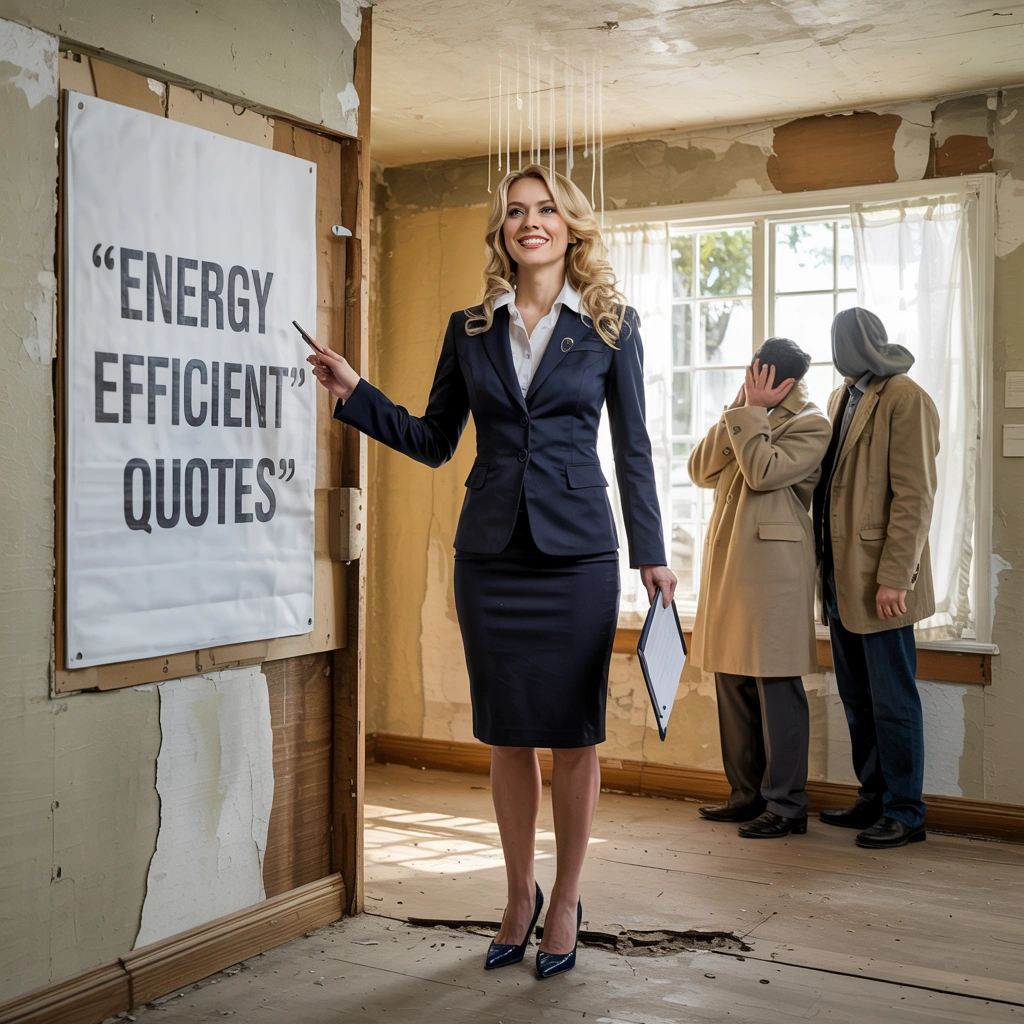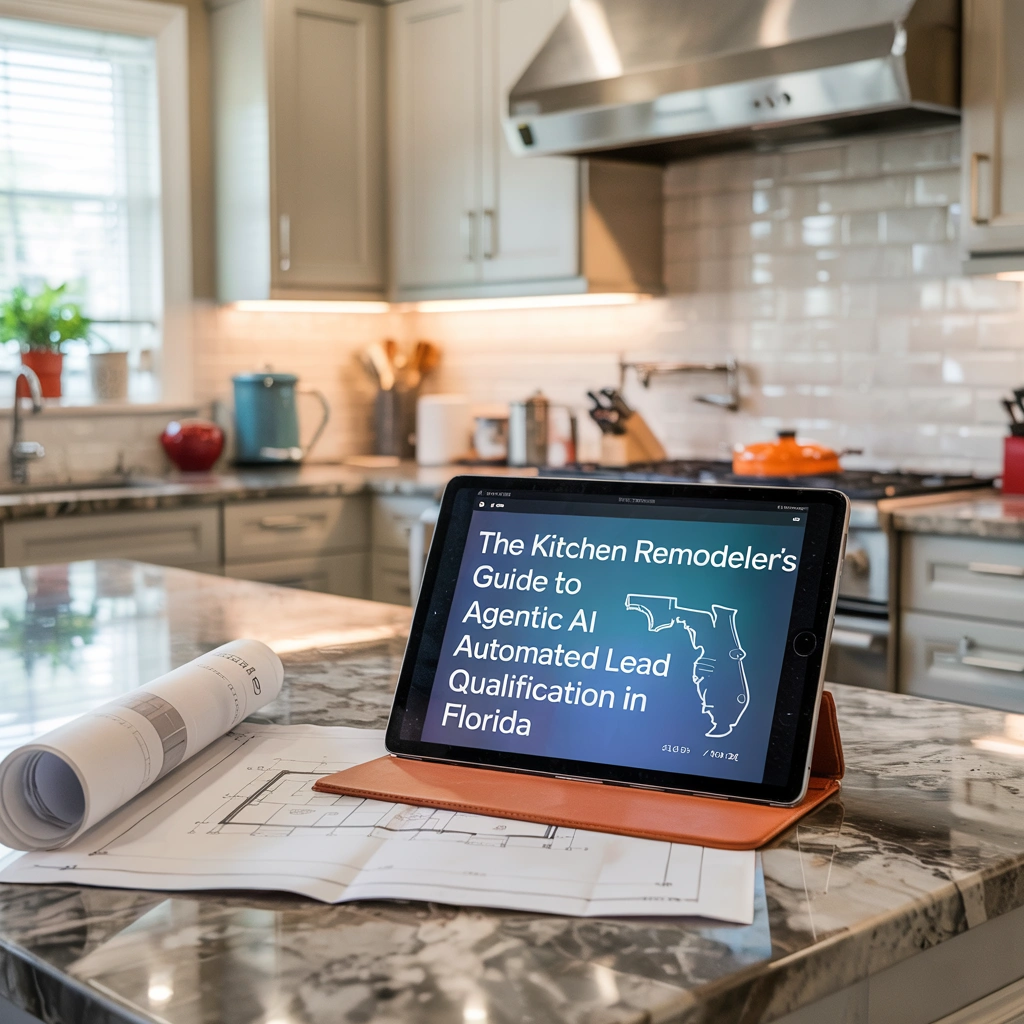
Summary: Florida homeowners overpaying for cooling bills often don’t realize their insulation R-values might be wrong for their climate zone. The difference between meeting code minimums versus optimizing for Florida’s unique humidity could save you hundreds annually.
Key Takeaways
- Florida’s two climate zones require different R-values: R-30 for South Florida (Zone 1) and R-38 for Central/North Florida (Zone 2) according to the 2023 Florida Building Code.
- Closed-cell spray foam provides 6-7 R-value per inch compared to open-cell’s 3.5-4 R-value per inch, making closed-cell more efficient for Florida’s humid conditions due to its moisture resistance.
- Proper R-value selection can reduce cooling costs by 15-30%, with higher-performing insulation typically paying for itself within 3-7 years through energy savings.
- Installation quality determines actual R-value performance, requiring consistent thickness, complete air sealing, and proper coverage over structural members.
Florida homeowners face unique insulation challenges that go beyond simple R-value numbers. Understanding how spray foam R-values work within the state’s specific climate zones makes the difference between comfortable, energy-efficient homes and costly cooling bills that climb every summer.
Florida’s Dual Climate Zones Create Different R-Value Requirements
Florida operates under two distinct climate zones that determine minimum insulation requirements. Climate Zone 1 covers Miami-Dade, Broward, Monroe County, and southern Palm Beach County. This zone experiences consistently warm temperatures with minimal heating needs, allowing for lower R-value requirements.
Climate Zone 2 includes the rest of Florida, including Orlando, Tampa, Jacksonville, and the Panhandle. These areas encounter occasional cold snaps and temperature variations that demand higher insulation performance. The distinction affects both building code compliance and long-term energy costs.
These zone differences create opportunities for homeowners to optimize their insulation investment. Zone 1 residents can meet code requirements with less material, while Zone 2 homeowners benefit from higher R-values that provide year-round comfort and efficiency gains.
Minimum R-Values Required by Florida Building Code
The 2023 Florida Building Code (8th edition, effective December 31, 2023) establishes specific R-value minimums that vary by climate zone and application area. These requirements represent the absolute minimum for code compliance, though exceeding these standards often proves financially beneficial.
Zone 1 (South Florida): R-30 Attic Standard
South Florida’s Climate Zone 1 requires R-30 minimum insulation in attic spaces. Wall cavities need R-13, and floor applications require R-13 as well. Basement walls, though rare in Florida, need R-5 continuous insulation when present. These minimums work for basic comfort but leave room for improvement in energy efficiency.
Zone 2 (Central/North Florida): R-38 Attic Requirement
Central and North Florida’s Climate Zone 2 demands R-38 minimum attic insulation due to greater temperature variations. Wall and floor requirements remain at R-13, matching Zone 1 standards. The increased attic requirement reflects the need for better thermal protection during both cooling and occasional heating seasons.
Open Cell vs Closed Cell Performance Differences
Spray foam type significantly affects R-value performance per inch of thickness. Understanding spray foam insulation fundamentals helps homeowners make informed decisions about which type best suits their specific needs and budget constraints.
Open Cell: 3.5-4 R-Value Per Inch
Open-cell spray foam delivers 3.5 to 4.0 R-value per inch of thickness. This foam weighs approximately 0.5 pounds per cubic foot and allows some air movement through its structure. The lower density makes it excellent for interior applications and sound dampening, though it requires greater thickness to achieve target R-values. Open-cell foam requires a vapor barrier in Florida’s humid climate.
Closed Cell: 6-7 R-Value Per Inch
Closed-cell spray foam provides 6.0 to 7.0 R-value per inch, nearly doubling open-cell performance. At 2.0 pounds per cubic foot, it creates an impermeable barrier that blocks air movement completely. This higher performance means less thickness needed to meet code requirements, saving space in wall cavities. Closed-cell foam acts as a vapor retarder, providing moisture control depending on thickness.
Why Closed Cell Works Better in Florida’s Humid Climate
Florida’s high humidity levels and moisture exposure make closed-cell spray foam the preferred choice for exterior applications. The material’s vapor barrier properties prevent moisture infiltration that can damage building structures over time. Closed-cell foam also resists mold growth and maintains thermal performance even in challenging coastal environments with salt air exposure.
Calculating Spray Foam Thickness for Code Compliance
Meeting Florida’s R-value requirements requires straightforward calculations based on foam type and target performance. These calculations help homeowners understand material needs and project costs before starting insulation work.
Meeting R-30 Requirements in Zone 1
Achieving R-30 performance in South Florida attics requires 7.5 to 8.6 inches of open-cell spray foam. Closed-cell foam accomplishes the same performance with just 4.3 to 5.0 inches thickness. The thinner closed-cell application works better in tight spaces while providing superior moisture protection.
Achieving R-38 Standards in Zone 2
Central and North Florida’s R-38 requirement needs 9.5 to 10.9 inches of open-cell foam. Closed-cell alternatives achieve R-38 with 5.4 to 6.3 inches thickness. The reduced thickness requirement for closed-cell foam often offsets its higher material costs through labor savings and improved performance.
Energy Savings from Proper R-Value Selection
Correct R-value choices provide measurable energy savings that compound over decades of homeownership. The investment in proper insulation pays back through reduced cooling costs and improved indoor comfort during Florida’s intense summer heat.
Cooling Cost Reductions: 15-30% Possible
Spray foam insulation creates an airtight seal that is 25 times less penetrable to air than traditional insulation materials. This air sealing capability, combined with high R-values, can reduce energy bills by 15% on average, with some homes achieving up to 30% reductions depending on existing insulation conditions and home construction.
Annual Savings Vary by Home Size and Current Insulation
Average Florida homes spend $1,800 to $2,400 annually on cooling costs. A 20% improvement through proper spray foam insulation saves $360 to $480 each year. Homes achieving 30% reductions see annual savings of $540 to $720. These savings continue for decades while energy costs typically increase over time.
Installation Quality Determines R-Value Performance
Even the highest R-value spray foam fails to perform without proper installation techniques. Several critical factors determine whether homeowners receive full value from their insulation investment.
1. Consistent Thickness Across All Surfaces
Uniform foam thickness ensures consistent R-value performance throughout the insulated area. Thin spots or gaps create thermal bridges that reduce overall effectiveness by 25 to 40 percent. Professional installers measure thickness carefully and apply additional foam where needed to maintain consistent coverage.
2. Complete Air Sealing Around Penetrations
Electrical boxes, plumbing pipes, light fixtures, and other penetrations require complete sealing to prevent air leakage. Proper sealing around these openings maintains the thermal barrier and prevents energy losses that can significantly reduce insulation performance.
3. Proper Coverage Over Structural Members
Continuous insulation over framing lumber prevents thermal bridging through structural components. Wood and metal framing conduct heat around insulation, reducing overall R-value effectiveness. Complete coverage eliminates these thermal bridges and ensures maximum performance.
Cost Analysis: Investment vs Long-Term Returns
Understanding spray foam costs helps homeowners evaluate the investment against long-term energy savings and comfort improvements. Higher upfront costs often provide better returns through superior performance and durability.
Open Cell Costs: $1.50-$3.00 Per Square Foot
Open-cell spray foam typically costs $1.50 to $2.00 per square foot for R-13 wall applications. Attic installations achieving R-30 run $2.50 to $3.00 per square foot. R-38 coverage for Zone 2 attics costs $2.75 to $3.00 per square foot including materials and professional installation.
Closed Cell Investment: $1.75-$4.50 Per Square Foot
Closed-cell applications start at $2.00 to $2.75 per square foot for R-13 wall coverage. R-30 attic installations cost $3.50 to $4.00 per square foot. R-38 applications run $4.00 to $4.50 per square foot, reflecting the material’s superior performance and moisture resistance properties.
Payback Periods: 3-7 Years Based on Multiple Factors
Basic code compliance insulation typically pays for itself in 5 to 7 years through energy savings. Enhanced R-value installations often achieve payback in 4 to 6 years. High-performance applications can pay back in 3 to 5 years, with rising energy costs accelerating these timelines over time.
Choose Higher R-Values for Maximum Florida Performance and Savings
Florida’s challenging climate demands insulation that goes beyond minimum code requirements. High humidity, intense heat, and frequent storms create conditions that destroy standard insulation materials within years. Traditional materials absorb moisture and lose thermal performance, making spray foam’s moisture resistance and stable R-values necessary for long-term performance.
Selecting proper spray foam R-values requires balancing performance needs with budget constraints. Zone 1 homeowners achieve excellent results with R-30 attic insulation and R-13 wall coverage. Zone 2 residents benefit from R-38 attic performance combined with proper wall insulation. Consider your home’s age, construction type, and existing insulation condition when planning projects.
Working with qualified spray foam contractors who understand Florida’s building codes and climate requirements ensures proper installation and full R-value benefits. The right spray foam choice transforms Florida homes into comfortable, energy-efficient spaces that perform reliably year-round while providing decades of energy savings and improved indoor comfort.
For expert guidance on spray foam insulation solutions tailored to Florida’s unique climate challenges, visit Spray Insulation Form Contractor where experienced professionals help homeowners make informed insulation decisions.
Frequently Asked Questions
How Kitchen Remodeling Companies Can Leverage This Content
This informative article, “Spray Foam R-Value Explained for Florida’s Climate Zones” can be adapted and repurposed across multiple marketing formats to help increase website traffic for kitchen remodeling services, build trust with potential clients, and differentiate their services in a competitive market. We help with How Content Marketing Can Set Your Kitchen Remodeling Business Apart by transforming technical content into powerful marketing campaigns across all digital channels, ensuring maximum reach and engagement with potential customers.







